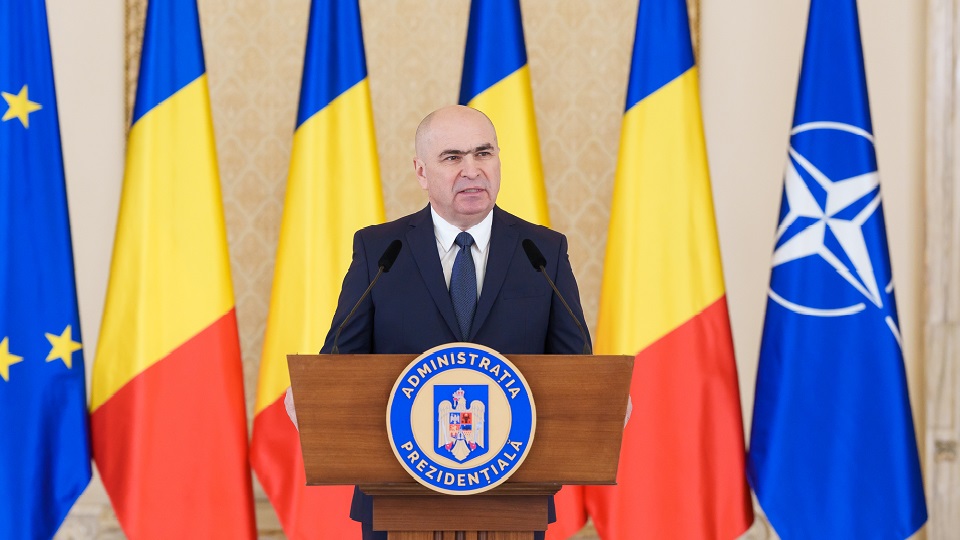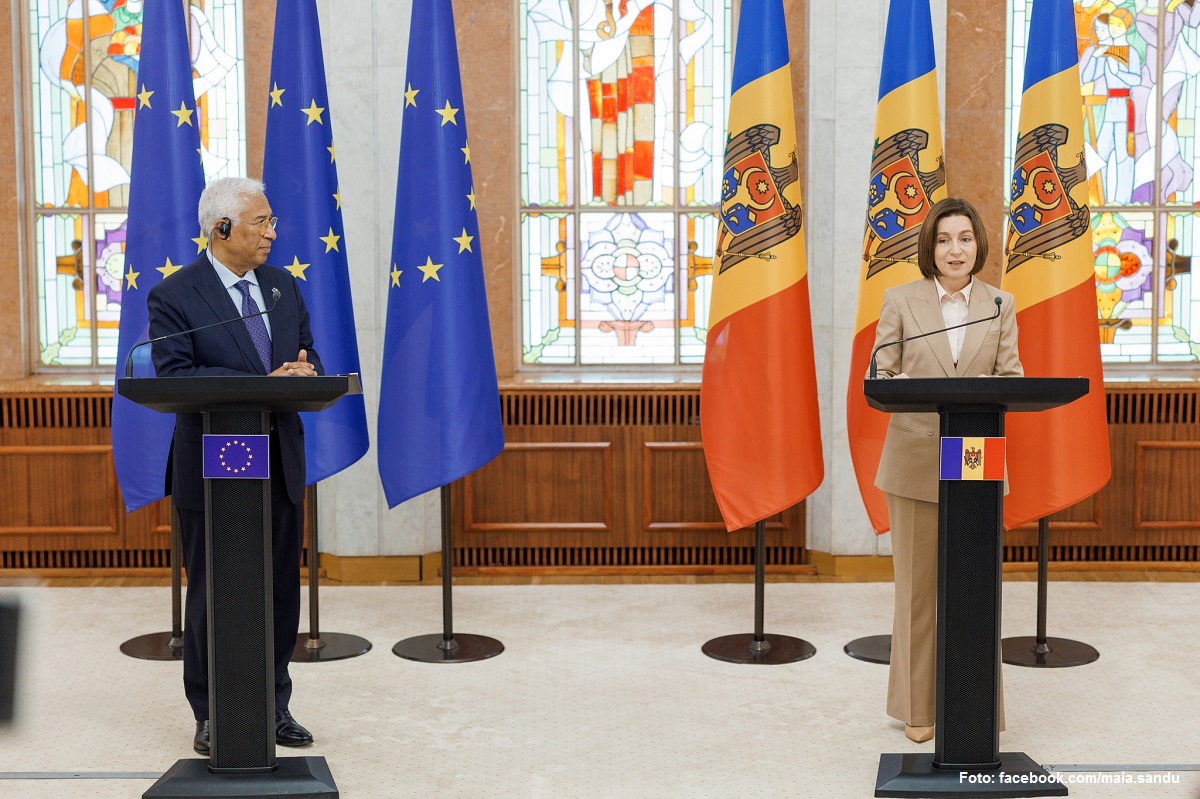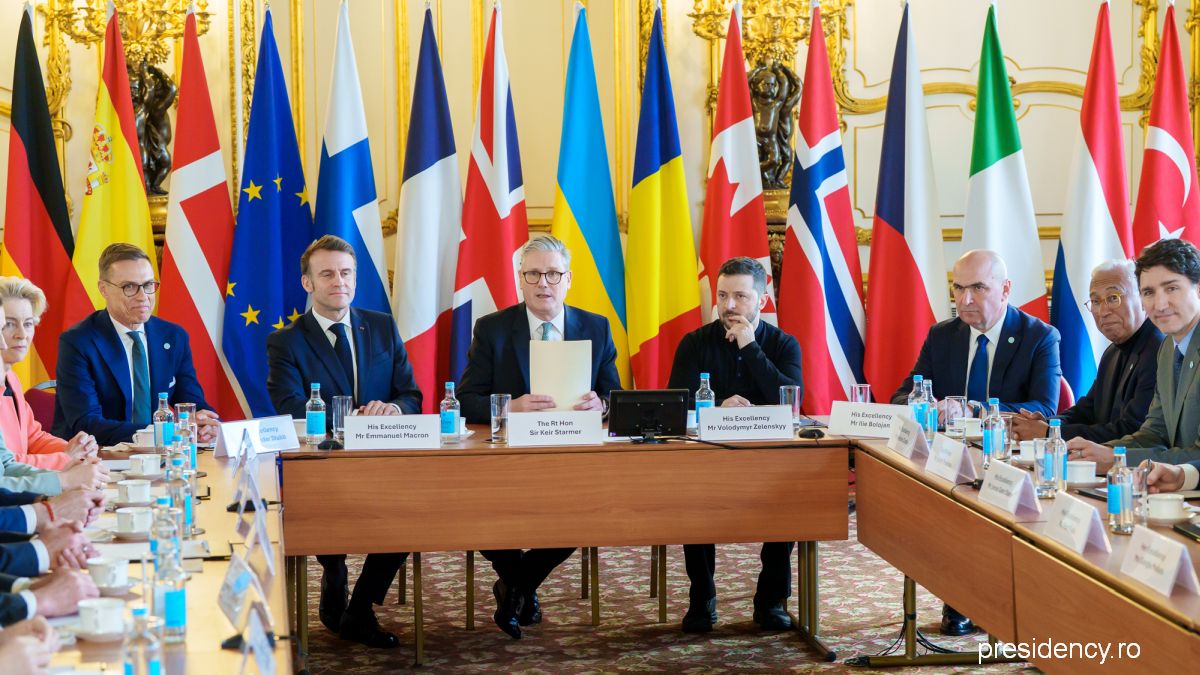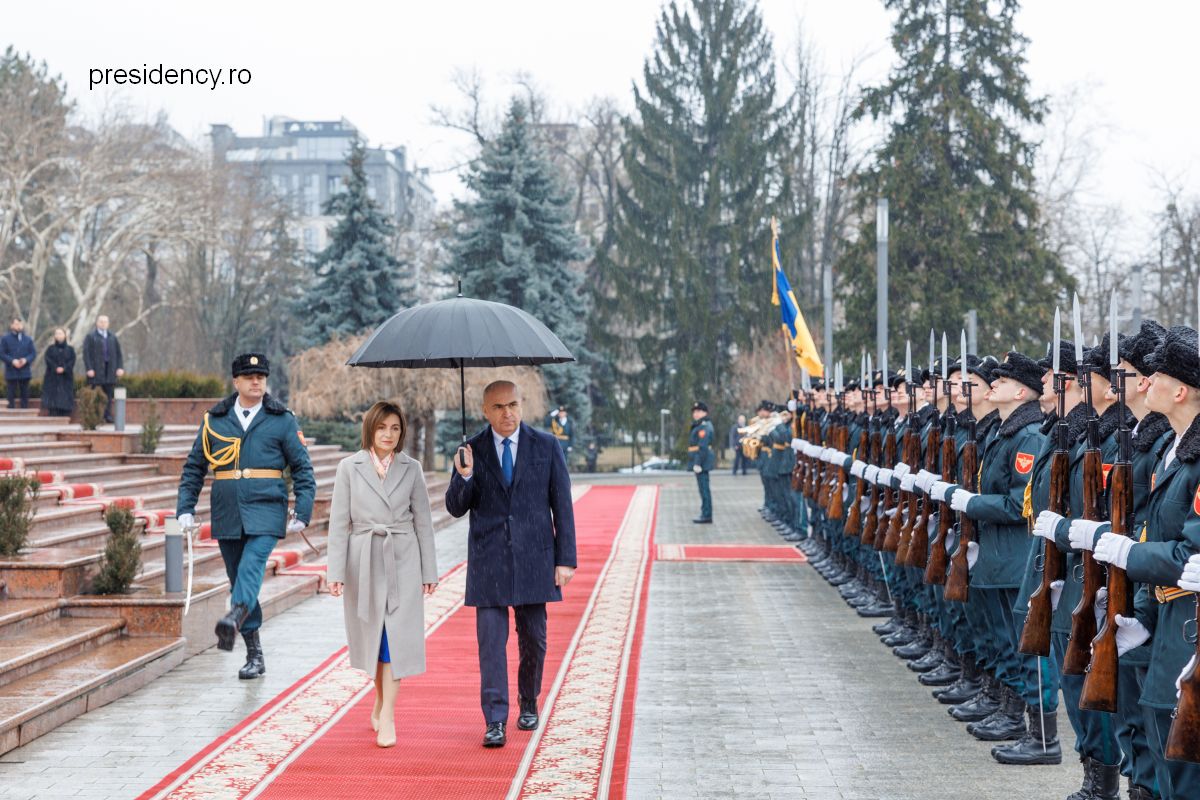The miners’ raids of 13-15 June 1990 – again in the spotlight
Bucharest commemorates 29th anniversary of the so-called “miners raids of June 1990.
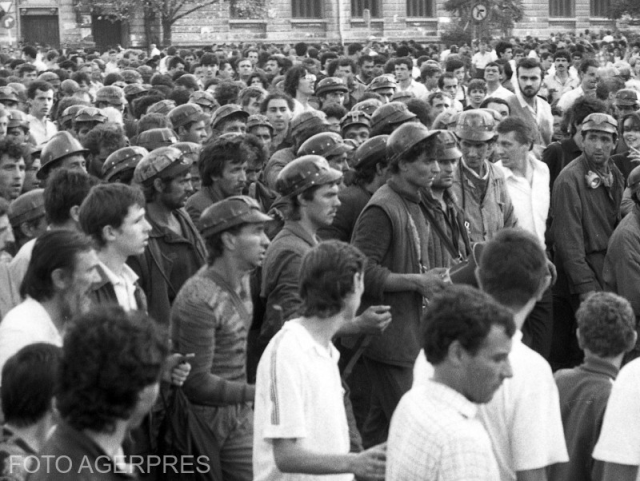
Bogdan Matei, 14.06.2019, 13:50
Almost three decades have passed,
but Romania is still to shed light on the darkest episode of its post-communist
history. Last month, the interim prosecutor general Bogdan Licu appealed a
Supreme Court ruling to send back to the prosecutor’s office the file of the
so-called miners’ raids of June 1990. Earlier, the High Court of Cassation and
Justice had decided to return the case for a reassessment of the indictment,
which it deemed non-legal.
Two years ago, military prosecutors
finalised investigations in the miners’ raids and indicted 14 persons,
including some high-profile names, such as Romania’s former president Ion
Iliescu, the prime minister at the time, Petre Roman, his deputy, Gelu
Voican-Voiculescu, and the then director of the Romanian Intelligence Service,
Virgil Magureanu. They were charged with masterminding and directly
coordinating the attack against the protesters in the University Square, in the
centre of Bucharest, who were peacefully expressing their political opinions,
which were at odds with those of the majority in power at that time.
On 20th of May 1990, five
months after the fall of Nicolae Ceausescu’s communist dictatorship, his former
minister from the 1970s, Ion Iliescu, now seen as the leader of the anti-communist
revolution, won the country’s first free
elections with some 85% of the votes. His party, a heterogeneous combination of
real revolutionaries and second-rate communists, had also won two thirds of the
seats in Parliament. Faced with the harsh verdict of the election results, the
protesters, including many students, who had occupied the University Square
since April, declaring it an area free of neo-communism, had begun to leave.
Of the tens of thousands of exuberant and peaceful protesters, only several
dozens people on hunger strike had now remained in the square. The police began
to evacuate them on the evening of 13th of June using
disproportionate force, an image reminiscent of the reprisals during the
revolution.
It’s still not clear today if the
people who reacted by engaging in street fights with the police and occupying
the headquarters of the interior ministry and the public television station
really did have a connection with the people who had protested earlier in the Square.
Iliescu and his people described them as legionnaires, a term referring to
the Romanian far right in the inter-war years, and, although the army had
restored order, called on the population to rescue the democracy under
threat. The miners from the Jiu Valley, in the centre, responded to the call.
They controlled the capital for only two days, the 14th and the 15th
of June, taking the place of any legal authority. Enough time though to leave
behind 1,300 people wounded, more than 1,000 abusive arrests and at least 6
people dead. A vandalised university and ransacked headquarters of the
opposition parties and independent newspapers complete the picture of the
invasion.
Five years ago, the European Court
of Human Rights ruled that Romania was to continue investigations into the
case, while the former prosecutor general Laura Codruta Kovesi admitted that
the inquiry into the miners’ riot was one of the biggest dissatisfactions in
the entire history of the public ministry.

